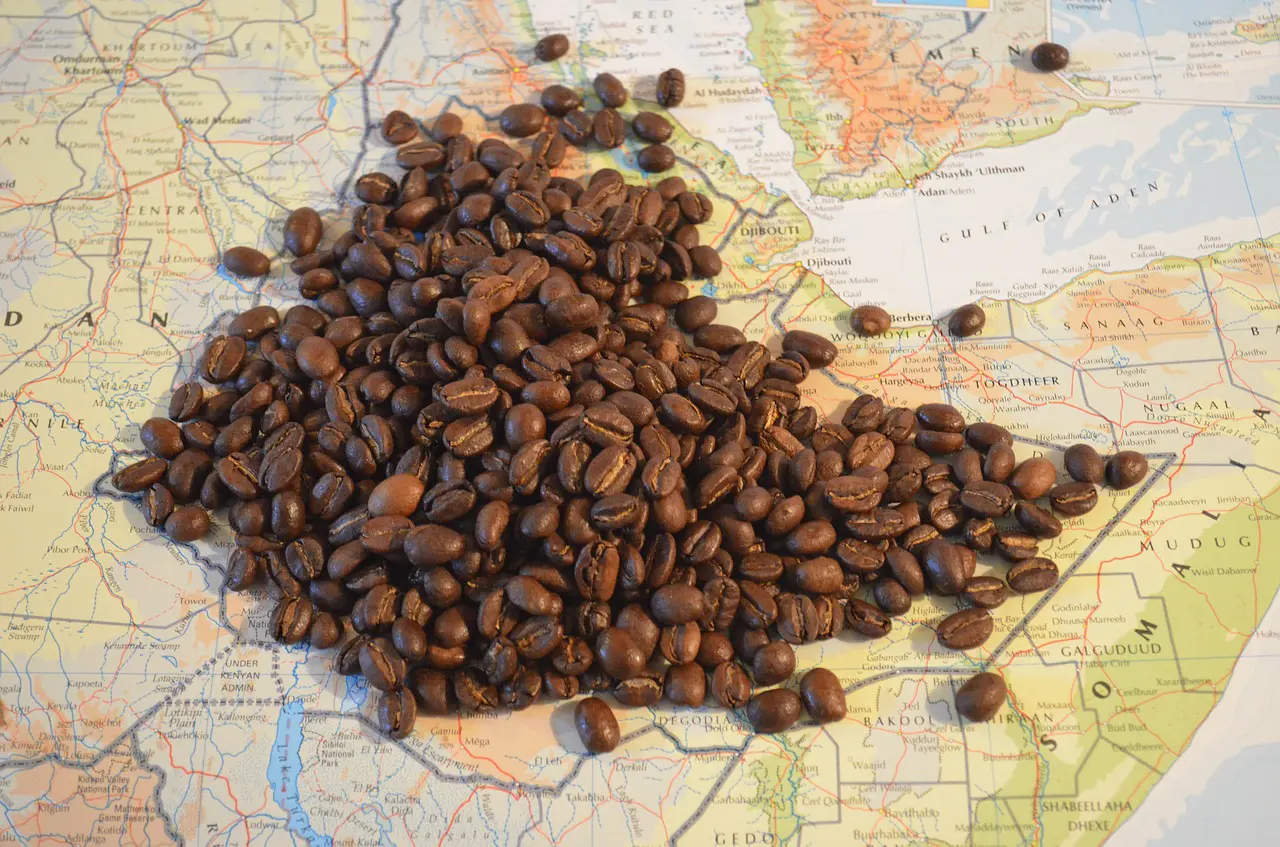Every appliance in your home consumes electricity. The amount it uses is measured in watts. The more watts, the more electricity it is using. Once you know this figure, you can estimate the environmental and financial impact that running that appliance has. Here is your guide to the amount of electricity it takes to run a coffee maker.
Average Watt Usage For a Coffee Maker
As we’ll mention a little later, each coffee maker is slightly different. However, most coffee makers on the market will use between 750 to 1,500 watts. We can put this into perspective by comparing it with some other common kitchen appliances. The electric skillet uses between 1,000 to 1,500 watts. A microwave will use between 1,000 and 2,000 watts. Your blender will use between 400 to 1,000 watts.
According to the Department of Energy, the average coffee maker will consume 1,000 watts. Most of this electricity is used to create heat. Much of this is used to boil the water. As we’ve seen, this type of energy consumption is on par with most other standard kitchen appliances.
If you are planning on purchasing a machine, you can look at the product specifications. This might tell you how many watts it will use when in operation.
How Much Does a Coffee Machine Cost to Run?
Once you know how many watts the coffee machine is using, it’s fairly easy to figure out how much it will cost to run. Let’s look at an example to see how you can do this.
Let’s assume that you have an average coffee machine. It takes around 1,000 watts to run. This converts to 1 kilowatt. You can then look at the electricity rate in your state to find out how much you will be paying. In the United States, the national average is 10.53 cents per KW/hr. Because of this, it will cost you 10.53 cents to make your coffee.
Even if your coffee machine is closer to the upper range of watt usage, you still won’t need to pay a lot for your coffee. At most, you should only expect to pay around 30 cents. This is significantly cheaper than purchasing a cup of coffee from a café.
What Affects the Amount of Electricity Needed?
The type of coffee maker you get will strongly influence the number of watts that it uses. There are several elements that you might need to consider.
The most obvious consideration is the size of the machine. The bigger machines will use more electricity. Usually, they will have a larger quantity of water to boil. Sometimes, these machines will use a hot plate to keep the coffee pot warm.
The next element to think about is the type of coffee maker it is. For example, an espresso machine can require a lot of electricity. They will need to heat the water to steam. On the other hand, a coffee maker that uses pods will require less power. Sometimes, it will have additional features, like a clock. This will require a constant input of electricity, even when you aren’t running the machine.
You might find a machine that comes with a grinder. While this can use a little more electricity, it is the more convenient option. Everything you need to make the coffee is in one place. Plus, it can be cheaper than purchasing the two separately. This guide will help you find the best coffee machines with a grinder.
Finally, it’s important to consider how many cups of coffee it is making. A five-cup coffee machine will use more electricity than a single-cup device.
How to Reduce the Amount of Electricity Required
Your coffee maker is far from being the most electricity-hungry device in your home. But there are some ways that you can lower the amount of electricity you are consuming.
This starts with the way that you are selecting the device. Some coffee makers will come with an energy star. The more stars it gets, the more energy-efficient it is. You can also try looking in the product description. It might tell you the number of watts it will use.
If you are really concerned about this aspect, you can use a manual device like the French Press. In this case, all you need to do is boil the water. However, you will need to put in a little more work to get it.
Next, it’s important to think about the way that you are using the device. It’s best to only brew when you are ready to drink the coffee. You don’t want the pot to be sitting on the hotplate for hours on end. Plus, fresh coffee will have the best flavor.
Reduce Your Environmental Impact
After you have finished making the coffee, you should turn off the machine at the wall. If you leave it in standby mode, it will continue to draw power, especially if it is keeping the water warm.
Sometimes, your coffee machine could be using more power because it is dealing with mineral build-up. This makes it harder to boil the water and get the hot water through the system. This can occur on all coffee machines. Thankfully, there is a simple solution. You just need to clean out the machine every few months.
If you want to reduce your environmental impact even further, you can install solar panels on your roof. This will convert the sun’s rays into electricity. As a result, you’ll be able to power your home without needing to rely on fossil fuels. Plus, once you install the system, you should be able to significantly reduce your power bill. If you install enough panels, you might not need to pay any utilities at all.
Conclusion
The average coffee machine will use around 1,000 watts. This is around 10 cents per cup of coffee. This is similar to most other kitchen appliances. But, with a few simple tips, you will be able to reduce the amount of electricity that you are using. Hopefully, this will help you reduce electricity consumption while enjoying a delicious coffee.

Hi my name is Larry, a coffee aficionado from the US. I have already visited Colombia, Sumatra, Guatemala, Costa Rica, Ethiopia and Jamaica in my pursuit of finding the best-tasting coffee beans. I currently write from Bali and enjoy the relaxed life that you can only find in Canggu. Welcome to my coffee world!





